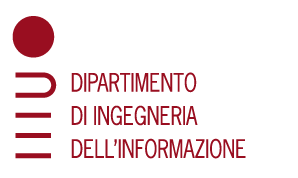Design and development of optimized applications for science and engineering
Submitted by zennaro2 on
To harness the performance potential of today's complex computing platforms, applications have to be optimized in several dimensions, such as number of operations, parallelism, access to the memory system, communication among processing nodes. Computer science methodologies are fruitfully combined with domain specific knowledge in various areas of scientific and technical computing. Examples:






